History of the Institute
1970
Establishing the Department
Juris Miķelsons establishes a new Department of Electrodynamics and Continuum Mechanics (ENVMK), which works closely with the institutes of Physics and Polymer Mechanics of the Academy of Sciences. To prepare specialists for these institutes and industry, a new specialized study program for physicists is developed. This program features advanced mathematical and numerical techniques as well as modelling of electromagnetic, hydrodynamic, mechanical and thermal processes using the newest computational devices of the time. In the years to come, cooperation with research institutions of relevant scientific profiles in Moscow, Leningrad and Kiev is developing successfully. The novelty of the adopted approach lies in the financing of research conducted within the department through practically oriented research based on scientific contract work.
1989
A Window to the West
The first research cooperation agreement is signed with the University of Western Europe – University of Hannover. Contract is centered about the modeling of electro-technological processes with the UL ENVMK and the Institute of Electroheat at the University of Hannover (Prof. Alfred Mühlbauer) as partners. Within the framework of the cooperation many young UL researchers (Andris Muižnieks, Jānis Virbulis, Sandris Lācis, Leonīds Buligins, Uldis Bethers, etc.) will gain significant industrial research experience while working at a partner university in the coming years. The current research direction is beginning to develop in the fields of metallurgy (Andris Jakovičs) and semiconductor technologies (Andris Muižnieks, Jānis Virbulis). The research collaboration with the Institute of Electroheat (now Institute of Electrotechnology Leibniz University of Hannover lead by Prof. Bernd Nacke) still continues today.
1991
Expanding the Scope
Contacts with other European universities in Sweden, Germany and France are developing. The current research direction in environmental modeling (Uldis Bethers) is starting to develop.
1994
Establishing the Laboratory
ENVMK researchers (Andris Jakovičs and Uldis Bethers) establish a new Laboratory for Mathematical Modelling of Environmental and Technological Processes at the University of Latvia. The laboratory is developing models of metallurgical and environmental processes and works in the field of energy performance of buildings. Along with intensive international co-operation, joint projects are carried out involving Latvian ports, companies, municipalities and state institutions interested in carrying out the relevant research.
1999
Origins of the MEP Colloquium
For the first time, the laboratory is organizing an international scientific colloquium “Modeling for material processing” (MEP) in collaboration with the Institute of Electrotechnology Leibniz University of Hannover. Riga and Hanover alternate as colloquia hosts (2001, 2003, 2006, 2010, 2014, 2017).
2014
Expanding the Laboratory
The Silicon Technology Research Group (led by Jānis Virbulis) joins the laboratory, representing the research area founded by Andris Muižnieks and international cooperation in the development of semiconductor single crystal manufacturing technologies.
2019
Establishing the Institute
The laboratory moves from its original premises at Zeļļu street 23 to the new University of Latvia Science Building at Jelgavas street 3. Laboratory staff has a total of 30 researchers, including 7 PhDs. With further development of research in the field of mathematical modeling of various processes, there is an initiative to establish a research institute based on the laboratory. The rector’s order to establish the Institute of Numerical Modeling within the Faculty of Physics, Mathematics and Optometry is signed December 30, 2019.

